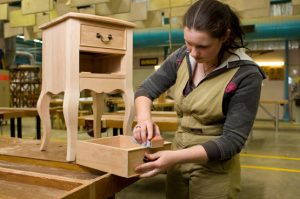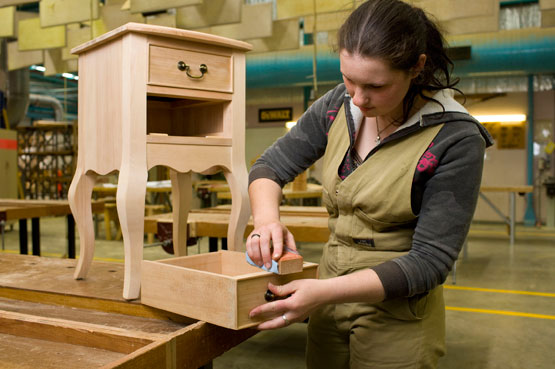
When you’re making furniture, one of the side effects is wood waste. No matter how hard you try and spec things out, there will always be small cuts of wood you don’t need for one reason or another. As you get more experience, you’ll learn how to spot the conditions that lead to wood waste before they happen. For the amateurs, reading this advice may help you figure out what to do with the waste your projects leave behind.
Accurate Measurements
The first step to cutting down on wood waste is to figure out how much wood you actually need for your project. This is the hardest part for newbies to master, because it requires foresight you often don’t have until you start a project or have been working for many years. Don’t be discouraged if your early projects yield lots of wood waste, you’ll learn how to make cuts from the same boards and beams to make the shapes you want.
Recycling
Those early projects could use that excess wood to recycle. Wood already has a lighter carbon foot print than most other materials builders use, so that’s a good start, but its products can be broken down into many useful substances. Primarily, recycled wood is used for fuel but it’s also used in paper goods too.
Donations
Your local church, school or even hardware store might consider taking your excess wood and using it for projects within the community. Schools might use it to teach kids the basics of wood working, while churches might hold family birdhouse building projects. Donation is all about sharing your interests, so you might want to consider teaching one of these workshops yourself if you feel capable.
Bio: James Provence resides in Vacaville where his interests include furniture making and reading. An avid follower of history, Archbishop James Provence has become docent of the California State Railroad Museum in Sacramento after retiring from his service with the Church.
